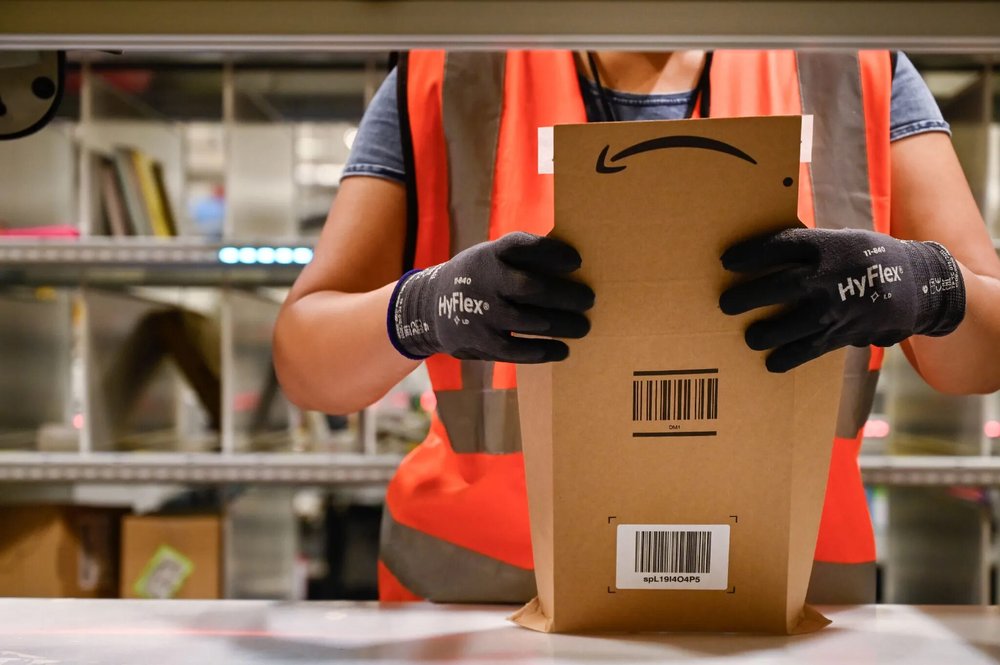
In 2020, 1.5 billion packages were distributed or exported in France, 12.4% higher than in 2019, according to the French regulatory authority for electronic communications, post and press distribution (Arcep). This year, their number is expected to increase again, as many French people have taken to e-commerce and the number of online transactions continues to rise.
To avoid that all the packaging ends up in the trash, a first solution is to reduce their size. In France, 14 e-commerce players, including Ebay, Veepee, Fnac Darty and Maisons du Monde, signed a charter in July with the Ministry of Ecological Transition and the Secretary of State for the Digital Sector, in which they pledged to “reduce the volume of delivery packaging for at least 75% of products or packages by December 31, 2024.
To do this, many of them use 3D product sizing machines or modify the way cartons are folded to minimize empty space in the packaging. Some also offer to deliver the product to the consumer in its original packaging, without the need for an extra box.
Another solution to avoid waste: recycling. In their charter with the French government, the 14 signatories commit to “only use delivery packaging made of recycled, recyclable or reusable materials”. […]
Before recycling, reuse?
The fact remains that in 2020, only 64% of paper and cardboard packaging was recycled, according to Citeo, a company specialized in the recycling of household packaging.
To avoid having to throw away, some companies now offer reusable packaging, made of a resistant and washable material. This is the case of the Finnish company RePack, the British company Ecopack solution or the French start-ups Opopop and Hipli.
“Recycling is good when the packaging is at the end of its life, but it’s an energy-consuming process. So we said to ourselves that it was better to reuse”, explains to AFP Anne-Sophie Raoult, co-founder of Hipli. A life cycle analysis conducted by the company Evea showed that its reusable package had less impact than a cardboard packaging, even recycled, from the second use.
To promote this new packaging method, La Poste developed a process for industrializing empty returns at the end of October.
“You take your order, you fold the packaging and you put it in a yellow mailbox (in a pre-stamped pouch provided, editor’s note), and it is reshipped, cleaned and put back into the circuit. From the first use, it is -83% of CO2!”, explains to AFP Jean-Yves Gras, general manager of the subsidiary Colissimo, which has also concluded a partnership with Hipli.
However, this solution remains more expensive at the time of purchase: a Hipli parcel, reusable up to 100 times, is charged between 1.65 and 1.95 euros to e-merchants, which is about 10 times more than a single-use packaging. It is then up to the e-retailer to choose how much of the cost he charges his customer.
